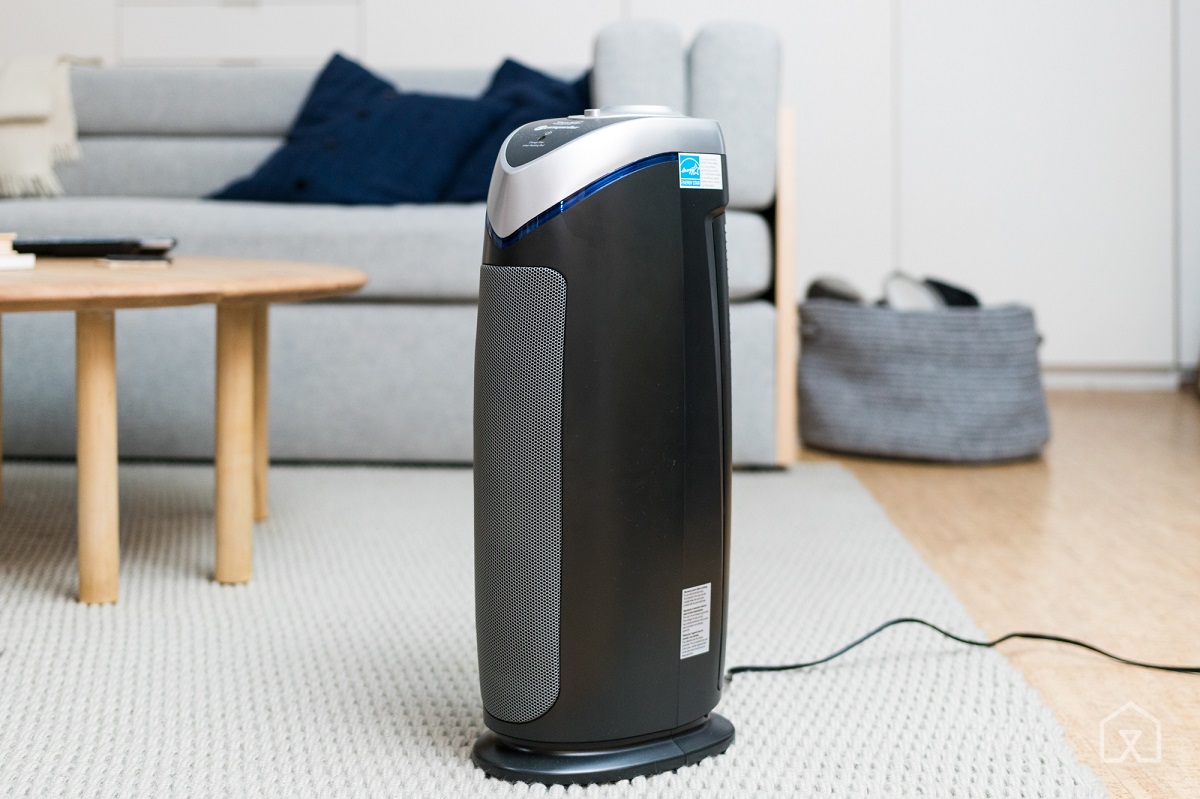

Articles
How Much Electricity Does An Air Purifier Use
Modified: January 6, 2024
Discover the energy consumption of air purifiers in our informative articles. Find out how much electricity an air purifier uses and make an informed decision for your home.
(Many of the links in this article redirect to a specific reviewed product. Your purchase of these products through affiliate links helps to generate commission for Storables.com, at no extra cost. Learn more)
Introduction
Welcome to our guide on the power consumption of air purifiers. With the increasing concern about air quality and the health benefits of clean air, many people are investing in air purifiers for their homes and offices. However, it is important to consider the energy usage of these devices to not only ensure their effectiveness but also to minimize their impact on the environment and your utility bills.
When it comes to air purifiers, their power consumption can vary greatly depending on several factors. In this article, we will explore the different factors that can affect the power consumption of air purifiers, the types of air purifiers available, their energy efficiency ratings, and some tips for reducing their energy usage. So, let’s dive in and gain a better understanding of how much electricity an air purifier uses.
Key Takeaways:
- Understanding the factors affecting air purifier power consumption, such as size, fan speed, and filter condition, can help you choose an energy-efficient model that meets your air purification needs while minimizing energy usage.
- Energy efficiency ratings, like Energy Star certification, provide valuable insights into an air purifier’s energy consumption. By considering factors beyond energy efficiency, such as filter maintenance and overall air purification effectiveness, you can make a well-informed decision when selecting an air purifier.
Read more: How Much Is an Air Purifier
Factors Affecting Power Consumption of Air Purifiers
Several factors can influence the power consumption of air purifiers. Understanding these factors can help you make an informed decision when choosing an air purifier and managing its energy usage. Here are some key factors to consider:
- Size and Coverage Area: The size of the air purifier and the area it can cover play a significant role in its power consumption. Larger purifiers that are designed for bigger spaces may consume more electricity compared to smaller units intended for smaller rooms.
- Fan Speed and Settings: Most air purifiers come with multiple fan speed settings. Higher fan speeds typically result in greater air purification effectiveness but also consume more power. It’s essential to find the right balance between performance and energy consumption based on your specific needs.
- Usage Duration: The amount of time you run the air purifier will directly impact its power consumption. Running it continuously will consume more electricity compared to using it only when necessary. Consider using timers or smart features that can automatically adjust the operating hours based on air quality.
- Filter Type and Condition: Different air purifiers use various types of filters, such as High-Efficiency Particulate Air (HEPA) filters or activated carbon filters. The type and condition of the filter can influence the power consumption. Clogged or dirty filters may force the air purifier to work harder, increasing its energy usage.
- Air Quality: If your indoor air quality is significantly polluted, the air purifier will need to work harder to maintain clean air. This can result in higher power consumption. Regularly monitoring and improving the overall air quality in your space can help reduce the workload on the air purifier.
Considering these factors when choosing an air purifier can help you select a model that meets your requirements while minimizing energy consumption. In the next section, we will explore the different types of air purifiers available in the market and their respective energy usage.
Types of Air Purifiers and Their Energy Usage
There are several types of air purifiers available in the market, each with its unique technology and energy usage. Understanding the different types can help you choose the one that suits your needs while considering the energy consumption. Here are some common types of air purifiers:
- HEPA Filters: High-Efficiency Particulate Air (HEPA) filters are one of the most popular types of air purifiers. These filters are highly effective at capturing a wide range of airborne particles, including dust, allergens, and pet dander. HEPA air purifiers generally have moderate energy usage.
- Activated Carbon Filters: Activated carbon filters are excellent at removing odors, chemicals, and volatile organic compounds (VOCs) from the air. These filters have a higher energy usage compared to HEPA filters due to the additional processes involved in capturing and absorbing these pollutants.
- UV-C Light Purifiers: UV-C light is used in air purifiers to destroy bacteria, viruses, and other pathogens. While these purifiers provide effective germ-killing capabilities, they usually have lower energy consumption since UV-C light does not require high power output.
- Ionic Air Purifiers: Ionic air purifiers use charged ions to attract and trap airborne particles. These purifiers do not require fans or filters, resulting in lower energy consumption. However, it’s important to note that some ionic purifiers emit small amounts of ozone, which can be a concern for individuals with respiratory conditions.
- Ozone Generators: Ozone generators are specialized air purifiers that produce ozone to eliminate strong odors and kill bacteria and molds. However, due to their high energy consumption and potential health risks associated with ozone exposure, it’s generally recommended to avoid using ozone generators in residential settings.
The energy usage of air purifiers can vary within each type depending on factors such as size, fan speed, and additional features. It’s essential to check the product specifications or refer to energy consumption labels to get a better understanding of the energy efficiency of a particular model.
In the next section, we will discuss energy efficiency ratings for air purifiers and how they can help you make a more informed decision when purchasing an air purifier.
Energy Efficiency Ratings of Air Purifiers
Energy efficiency ratings for air purifiers are a useful tool for consumers to determine the energy consumption of a specific model. These ratings provide an estimate of the energy efficiency of the device, allowing you to compare different models and make an informed decision. In many regions, these ratings are displayed as an Energy Star certification or a similar energy efficiency label.
Energy Star certification is awarded to air purifiers that meet specific energy efficiency criteria set by the Environmental Protection Agency (EPA) in the United States. These criteria take into account factors such as power consumption, fan efficiency, and standby power usage. Air purifiers that are Energy Star certified are typically more energy-efficient and can help reduce your overall energy costs while providing effective air purification.
When considering energy efficiency ratings for air purifiers, it’s important to note that higher efficiency does not necessarily mean better air purification performance. It’s crucial to find a balance between energy efficiency and the purifier’s ability to effectively clean the air.
In addition to energy efficiency ratings, it’s also worth considering the noise level produced by the air purifier. Some models may consume less energy but produce more noise, which can be a factor to consider if you plan to use the purifier in a bedroom or office environment.
While energy efficiency ratings are a helpful guide, it’s essential to evaluate other factors such as filter maintenance, replacement costs, and overall air purification effectiveness when choosing an air purifier. Looking for models that have efficient filters and low energy consumption can help you find an air purifier that strikes the right balance between energy usage and performance.
In the next section, we will discuss the average power consumption of different types of air purifiers to give you a better understanding of their energy usage.
Consider purchasing an air purifier with an Energy Star label, as these models are designed to be more energy efficient. Additionally, look for air purifiers with a lower wattage to minimize electricity usage.
Average Power Consumption of Different Types of Air Purifiers
The power consumption of air purifiers can vary depending on the type, size, and specific model. Here is a general overview of the average power consumption of different types of air purifiers:
- HEPA Filters: On average, HEPA air purifiers consume around 50-200 watts of power. However, this can vary depending on factors such as the size of the unit, fan speed settings, and usage duration.
- Activated Carbon Filters: Air purifiers that use activated carbon filters typically have a higher power consumption compared to HEPA filters. The average power consumption for these models can range from 100-400 watts.
- UV-C Light Purifiers: UV-C light purifiers generally have a lower power consumption compared to filter-based purifiers. The average power usage for UV-C light purifiers is around 20-60 watts.
- Ionic Air Purifiers: Ionic air purifiers are known for their low energy consumption. On average, these purifiers use about 5-50 watts of power.
- Ozone Generators: Ozone generators typically have the highest power consumption among air purifiers. The average power usage for ozone generators can range from 100-800 watts.
Keep in mind that these figures are approximate averages and can vary depending on factors such as the brand, specific model, and operating conditions of the air purifier. It’s important to refer to the manufacturer’s specifications or energy consumption labels for more accurate power consumption information.
Considering the power consumption of air purifiers is essential not only to minimize energy usage but also to manage your utility bills effectively. In the next section, we will provide some tips to help you reduce the energy consumption of your air purifier.
Tips for Reducing Energy Usage of Air Purifiers
To reduce the energy consumption of your air purifier while maintaining its effectiveness, consider applying the following tips:
- Choose the Right Size: Select an air purifier that is sized appropriately for the room or area you want to purify. An over-sized unit will consume unnecessary energy, while an undersized one may not effectively clean the air. Refer to the manufacturer’s recommendations for room size coverage.
- Optimize Fan Speed: Adjust the fan speed of your air purifier based on your specific needs. Running the purifier on the lowest effective speed will help reduce energy consumption. Increase the speed only when necessary, such as during periods of high pollution or allergens.
- Utilize Timer or Smart Features: Take advantage of built-in timers or smart features to automatically control the operating hours of your air purifier. Set it to run when you are most likely to benefit from clean air or during peak pollutant hours, and turn it off when the air quality is improved.
- Maintain and Replace Filters: Regularly clean or replace filters according to the manufacturer’s instructions. Clogged or dirty filters can hinder the airflow and force the purifier to work harder, leading to increased energy consumption. Keeping the filters clean and in good condition ensures optimal performance with minimal energy usage.
- Improve Indoor Air Quality: Take steps to improve the overall air quality in your living or working space. Keep rooms well-ventilated, minimize the use of chemicals, and regularly dust and vacuum to reduce the workload on the air purifier. By reducing the pollutants in the environment, you can decrease the air purifier’s energy consumption.
- Consider Energy-Saving Modes: Some air purifiers come with energy-saving modes or eco-friendly settings. These modes may reduce fan speed or adjust power consumption based on detected air quality. Explore and utilize these energy-saving features to enhance efficiency without compromising air purification effectiveness.
By implementing these energy-saving strategies, you can minimize the power consumption of your air purifier without compromising its performance. As a result, you’ll not only save on energy costs but also contribute to a more sustainable and environmentally friendly lifestyle.
Let’s conclude our article in the next section.
Conclusion
Air purifiers play a crucial role in improving indoor air quality and ensuring a healthier living environment. While they provide numerous benefits, it’s important to consider the energy usage of these devices to minimize their impact on the environment and utility costs.
In this guide, we explored the factors that can affect the power consumption of air purifiers, including size, fan speed, usage duration, filter condition, and air quality. We also discussed the different types of air purifiers available, such as HEPA filters, activated carbon filters, UV-C light purifiers, ionic air purifiers, and ozone generators, and their respective energy usage.
We learned that energy efficiency ratings, such as Energy Star certification, can help in identifying more energy-efficient models. However, it’s essential to strike a balance between energy efficiency and the air purifier’s ability to effectively clean the air.
Additionally, we provided tips for reducing the energy usage of air purifiers, such as selecting the right size, optimizing fan speed, utilizing timers or smart features, maintaining and replacing filters, improving indoor air quality, and considering energy-saving modes.
By implementing these tips and being mindful of energy consumption, you can enjoy the benefits of clean air while minimizing the environmental impact and keeping your utility bills in check.
Remember to refer to the manufacturer’s specifications or energy consumption labels for accurate power consumption information specific to your air purifier model.
Thank you for reading our comprehensive guide on the power consumption of air purifiers. We hope this information has been helpful in your quest to create a healthier and more energy-efficient living space.
Frequently Asked Questions about How Much Electricity Does An Air Purifier Use
Was this page helpful?
At Storables.com, we guarantee accurate and reliable information. Our content, validated by Expert Board Contributors, is crafted following stringent Editorial Policies. We're committed to providing you with well-researched, expert-backed insights for all your informational needs.
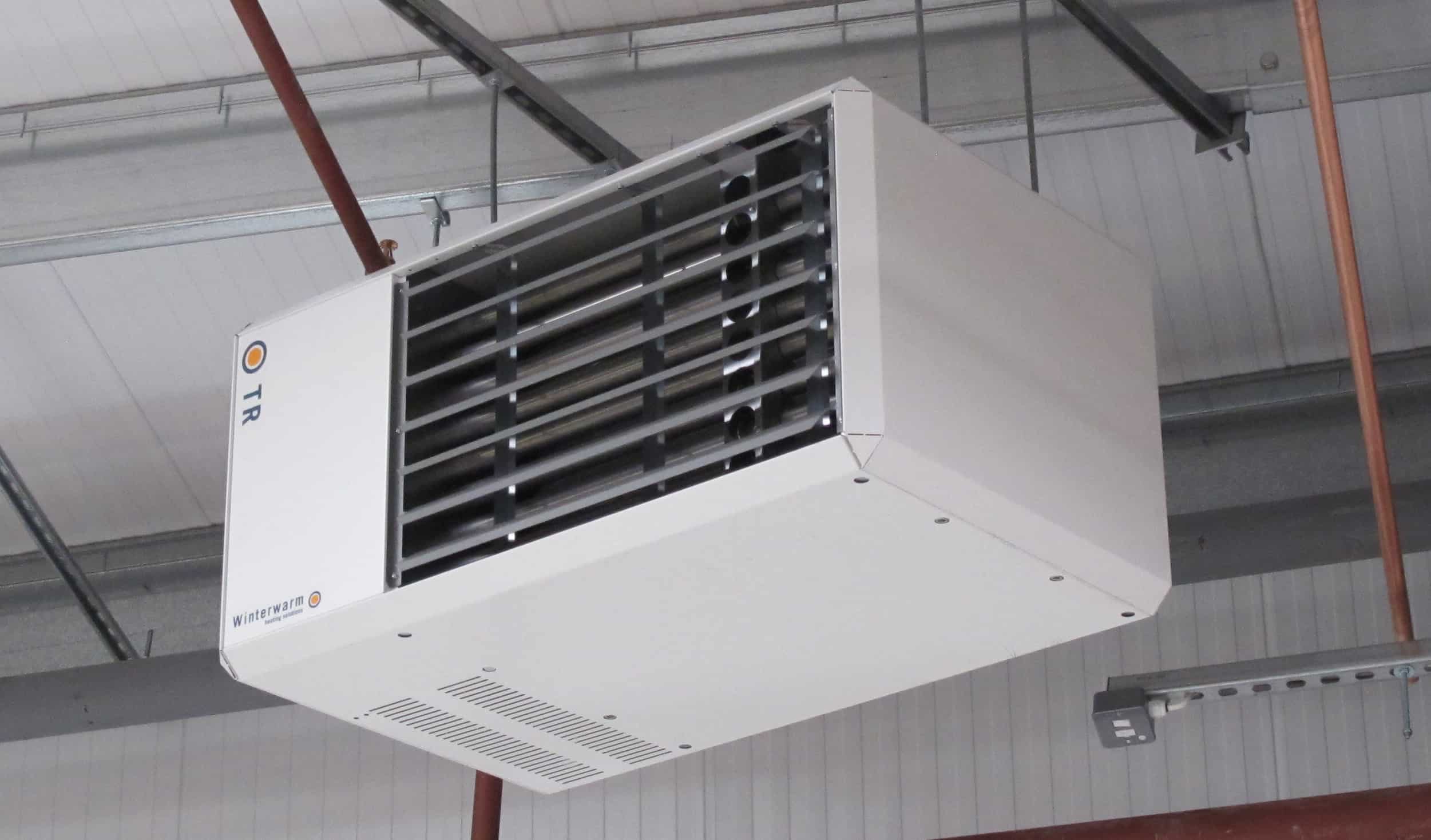
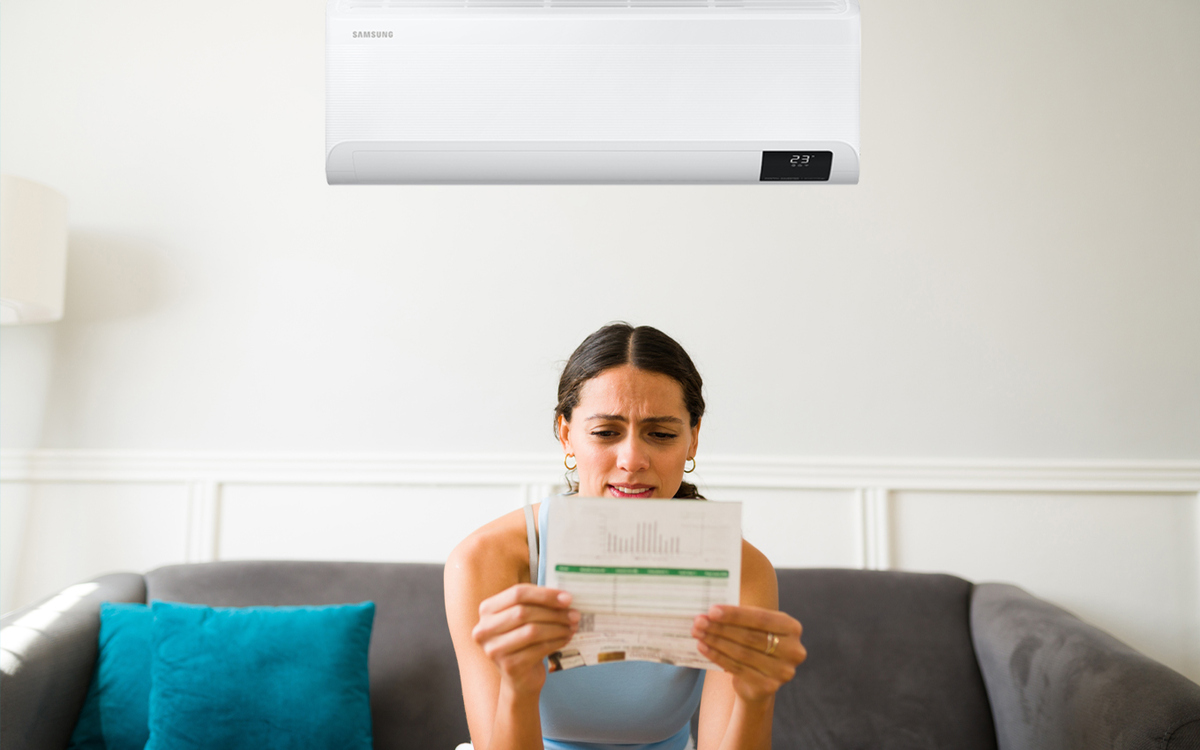
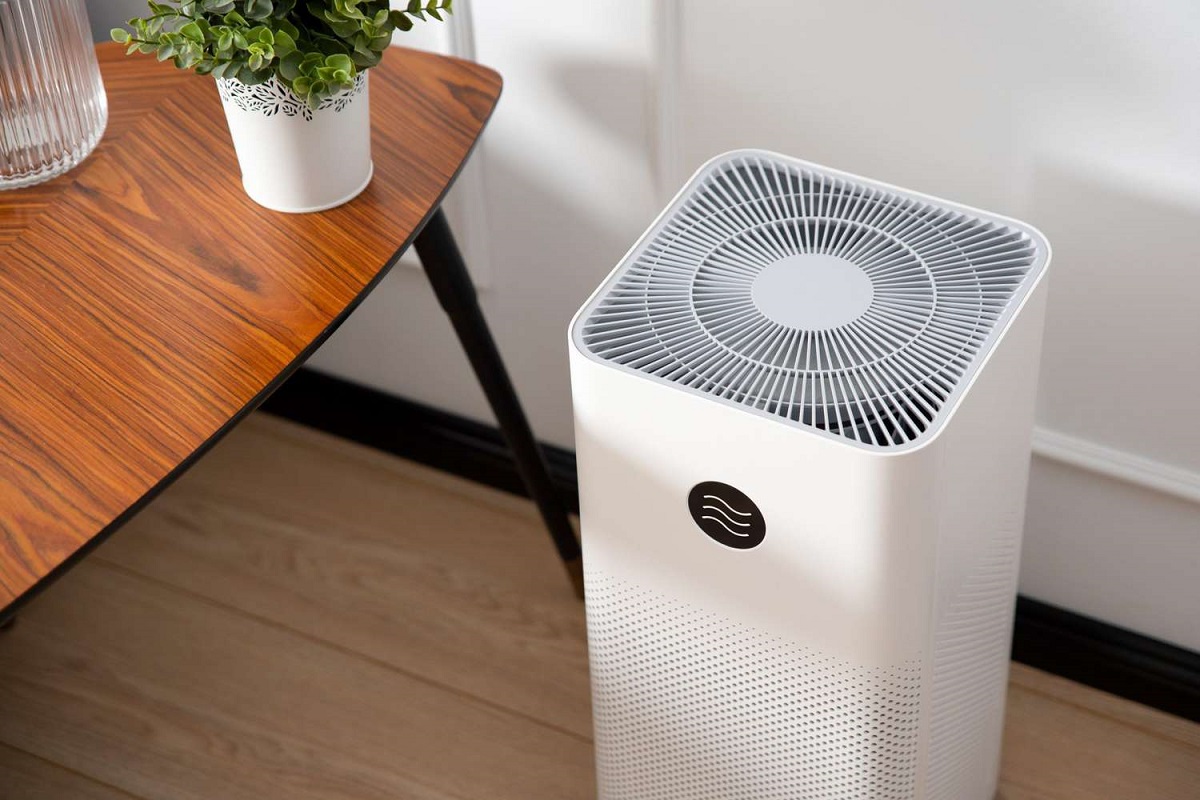
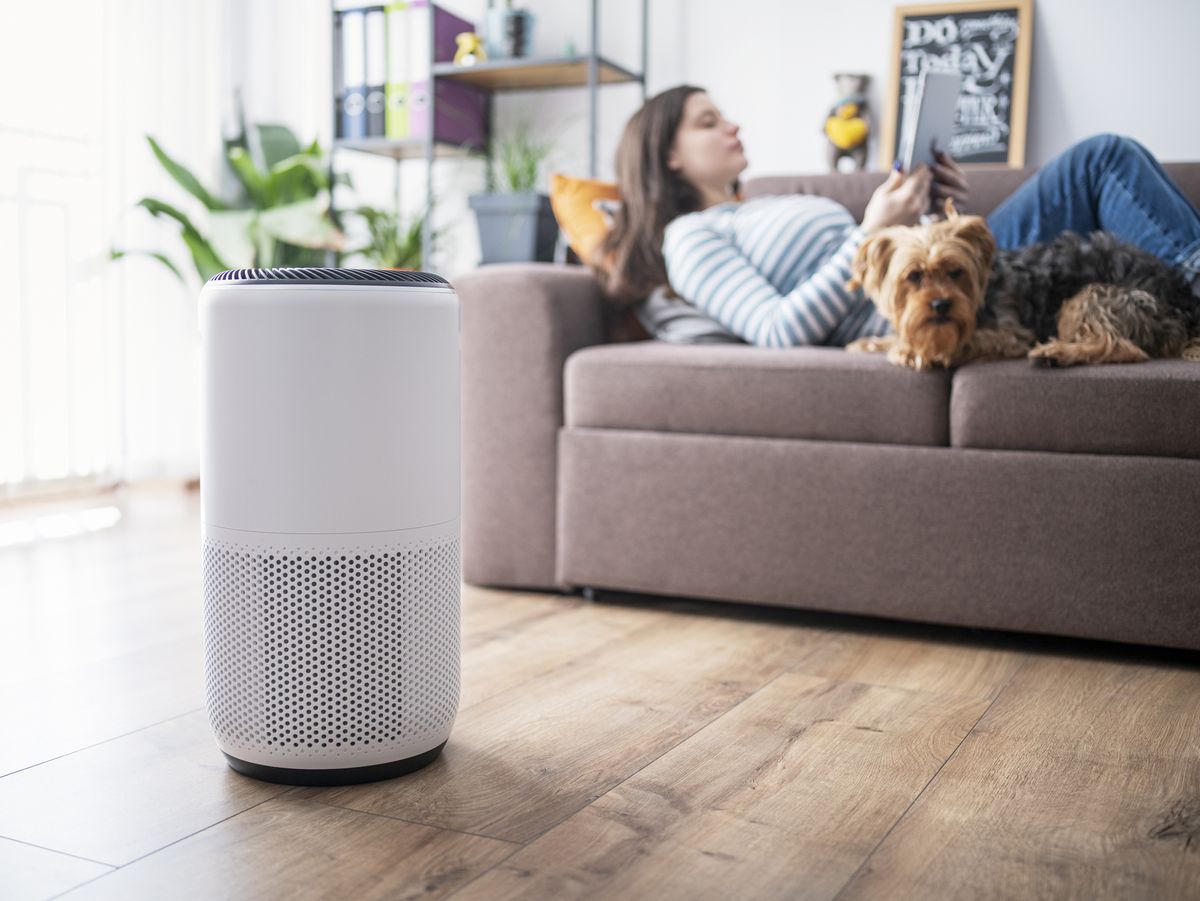
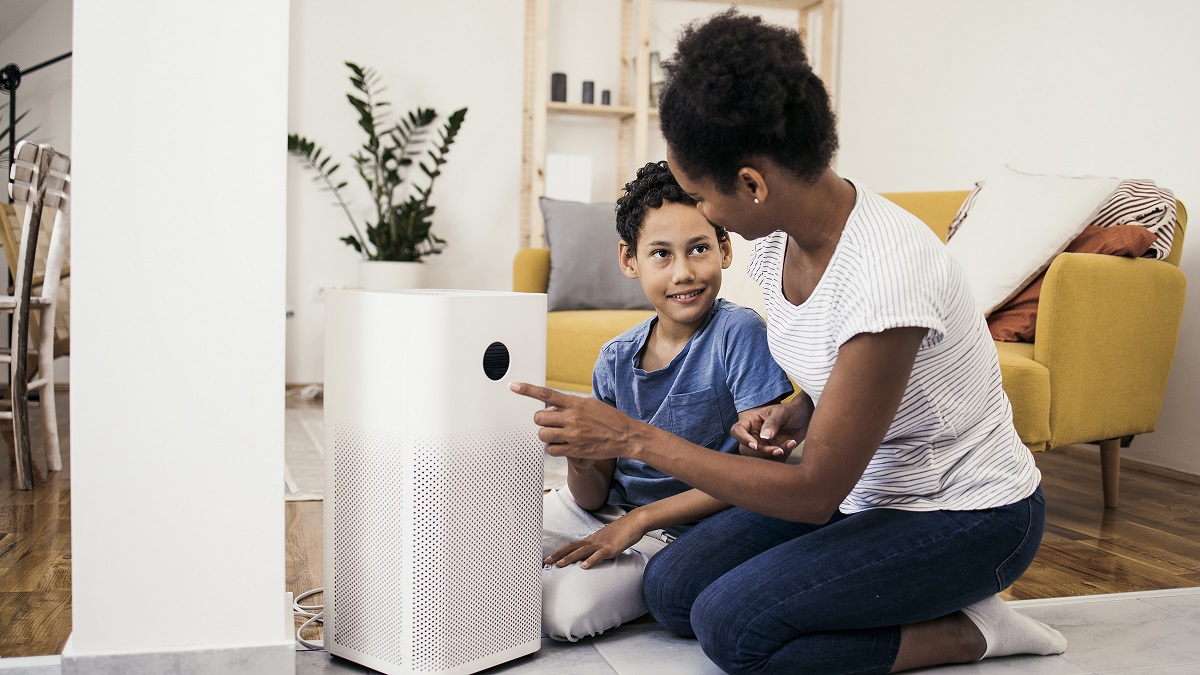
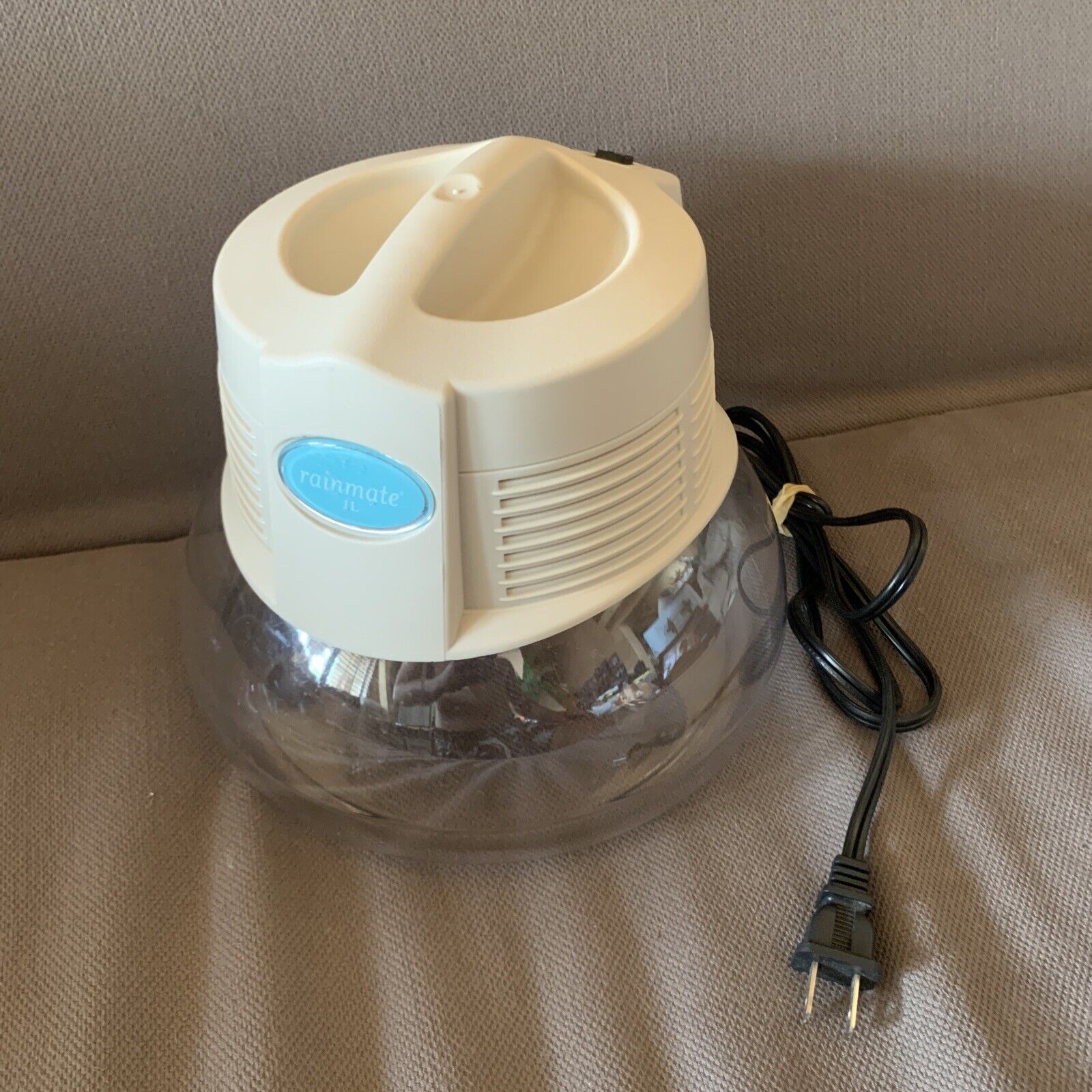
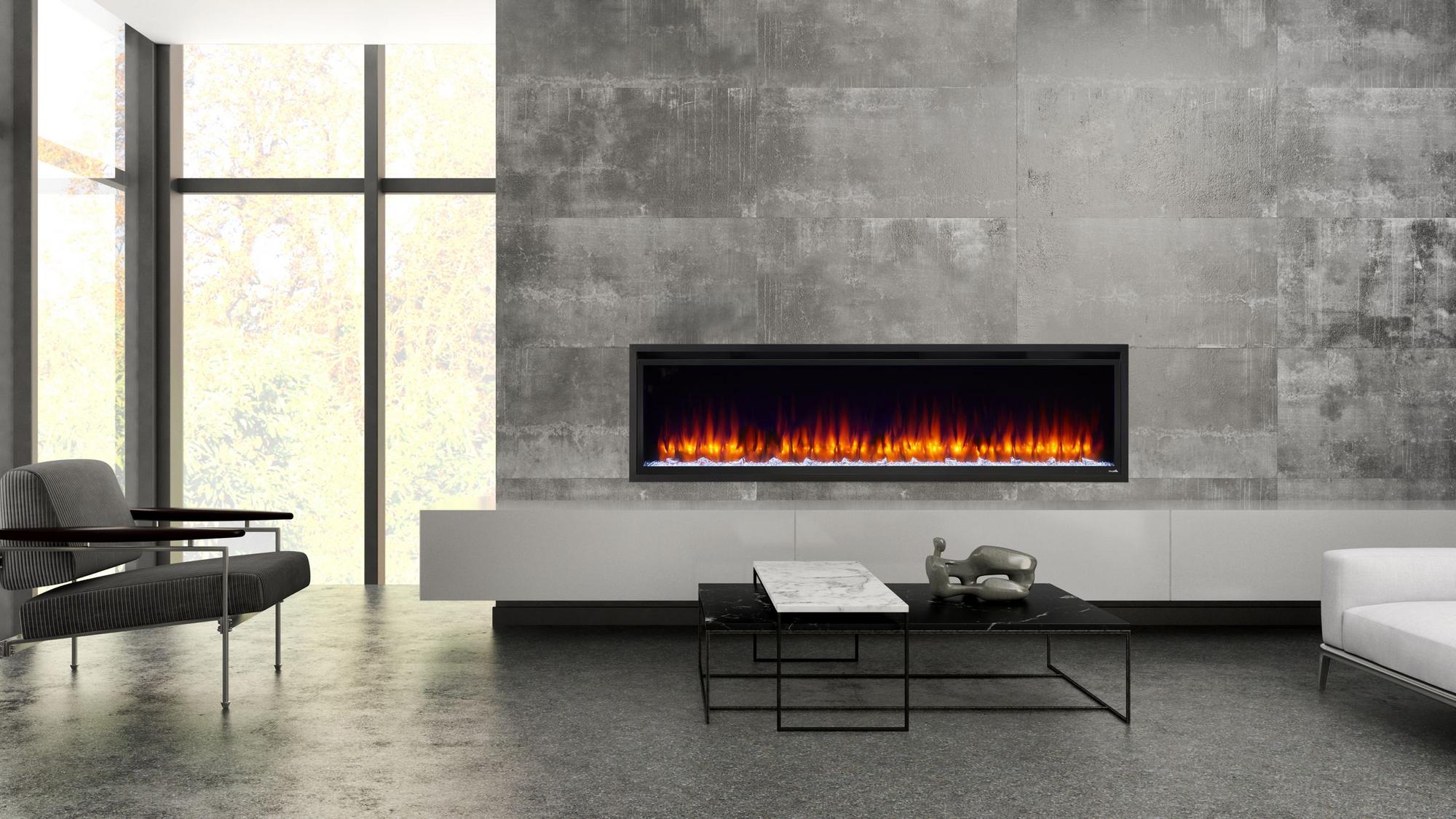
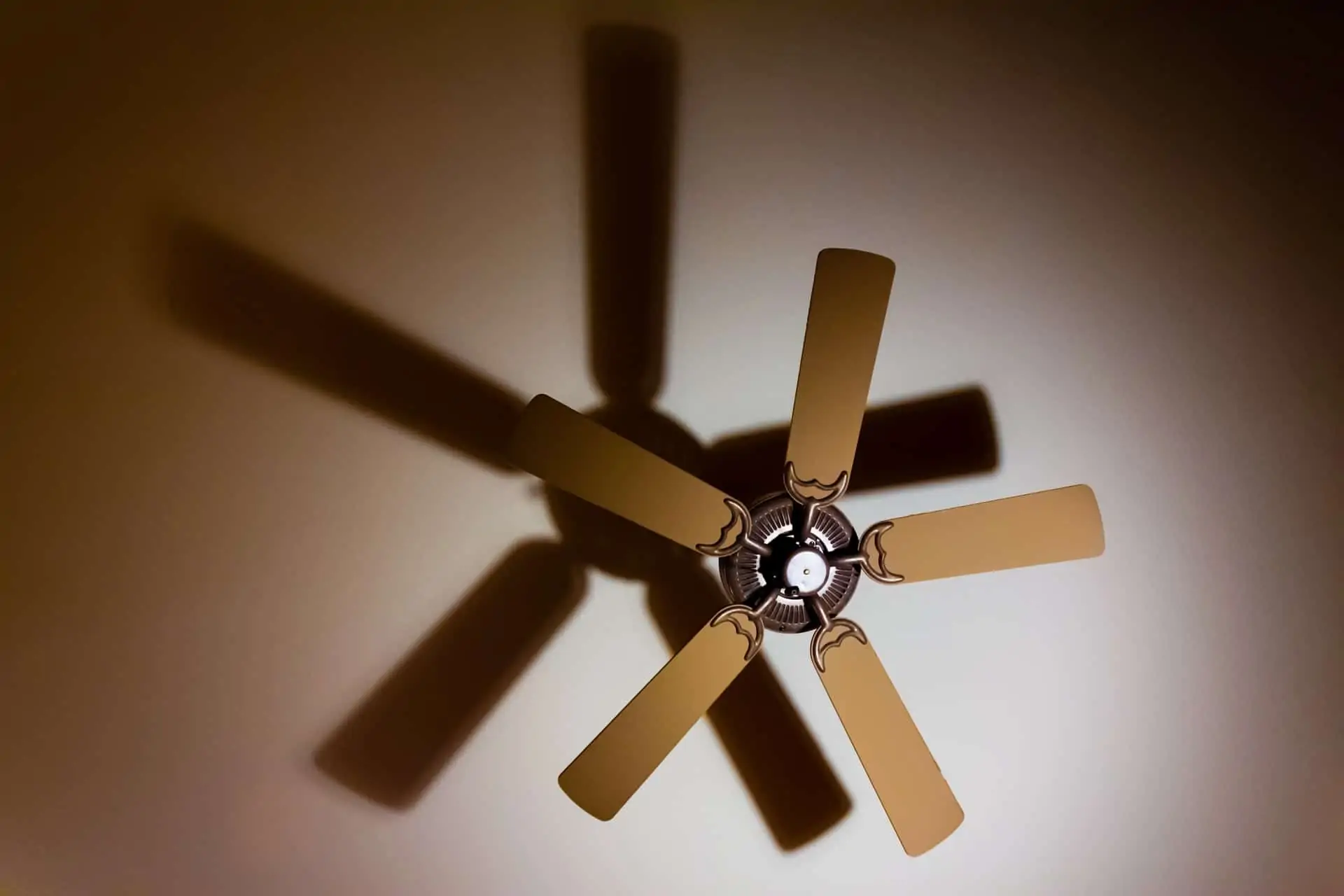
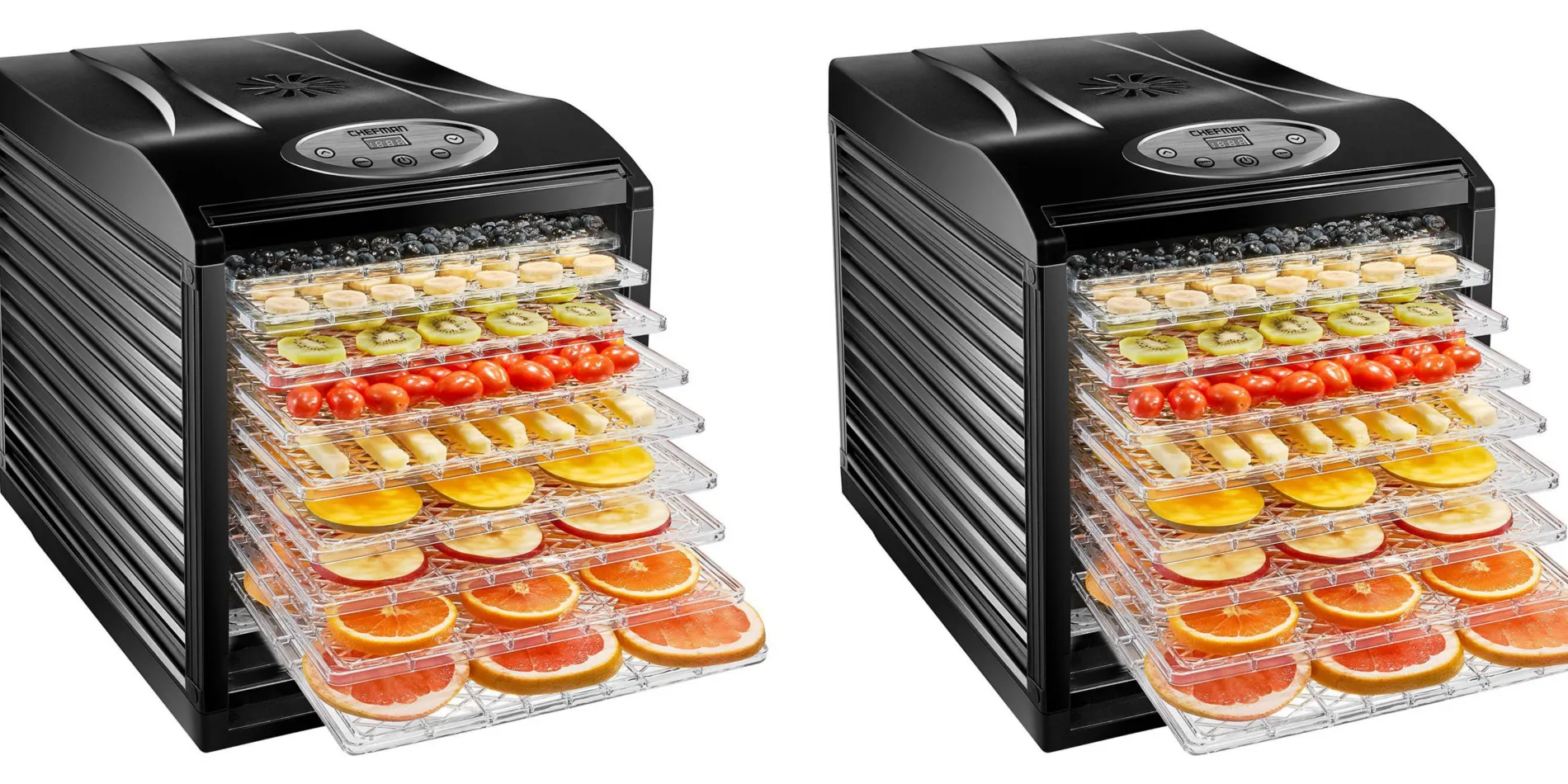
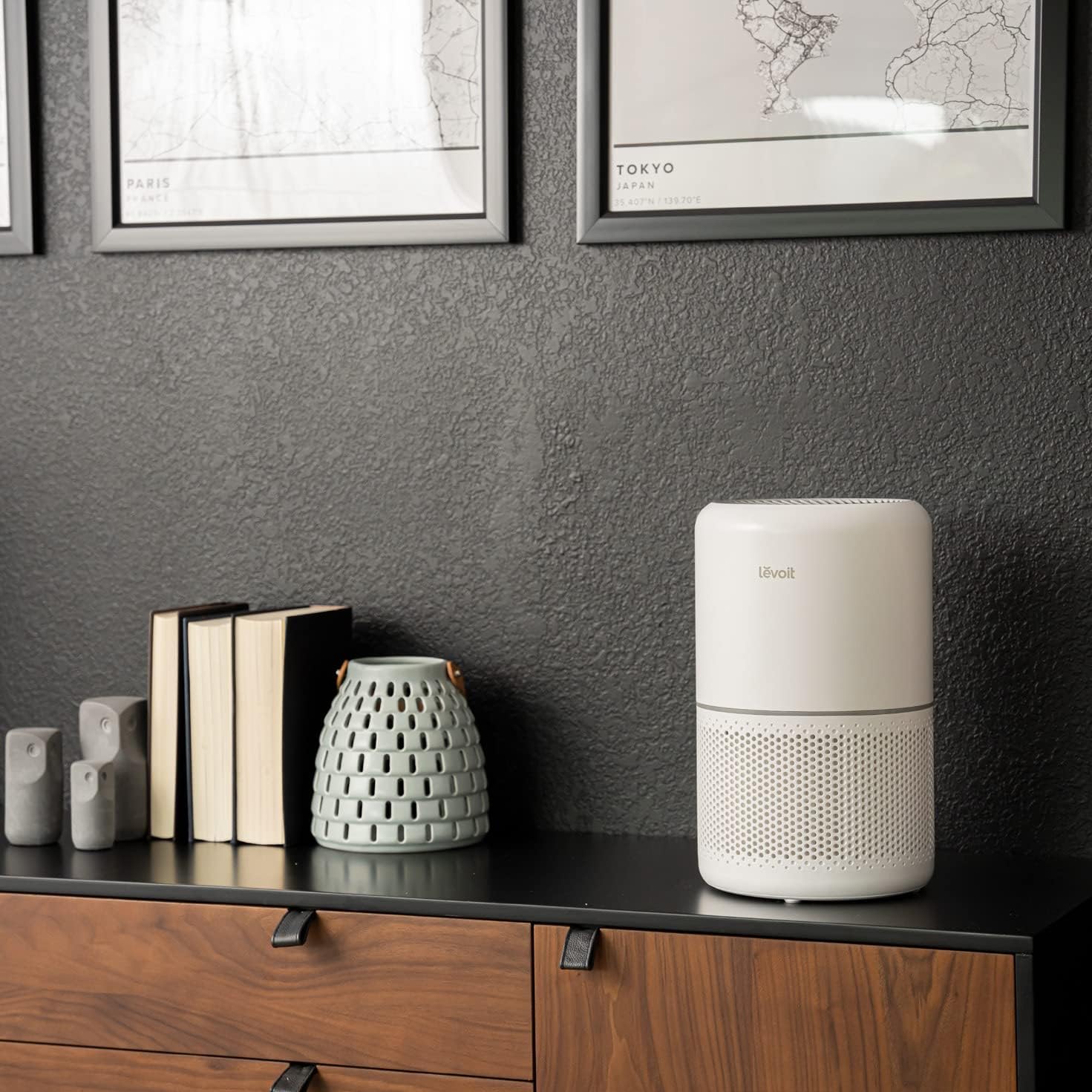
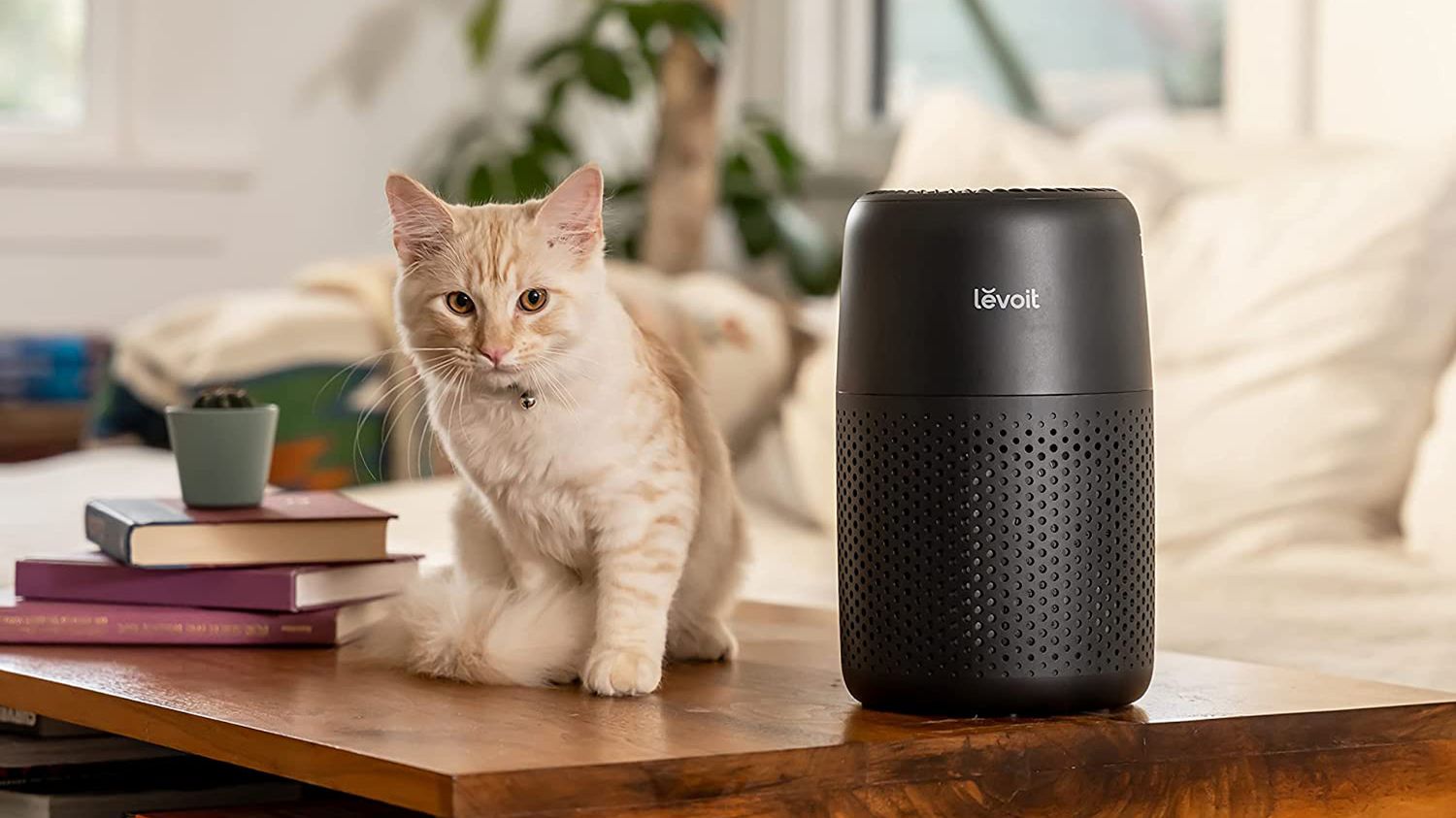
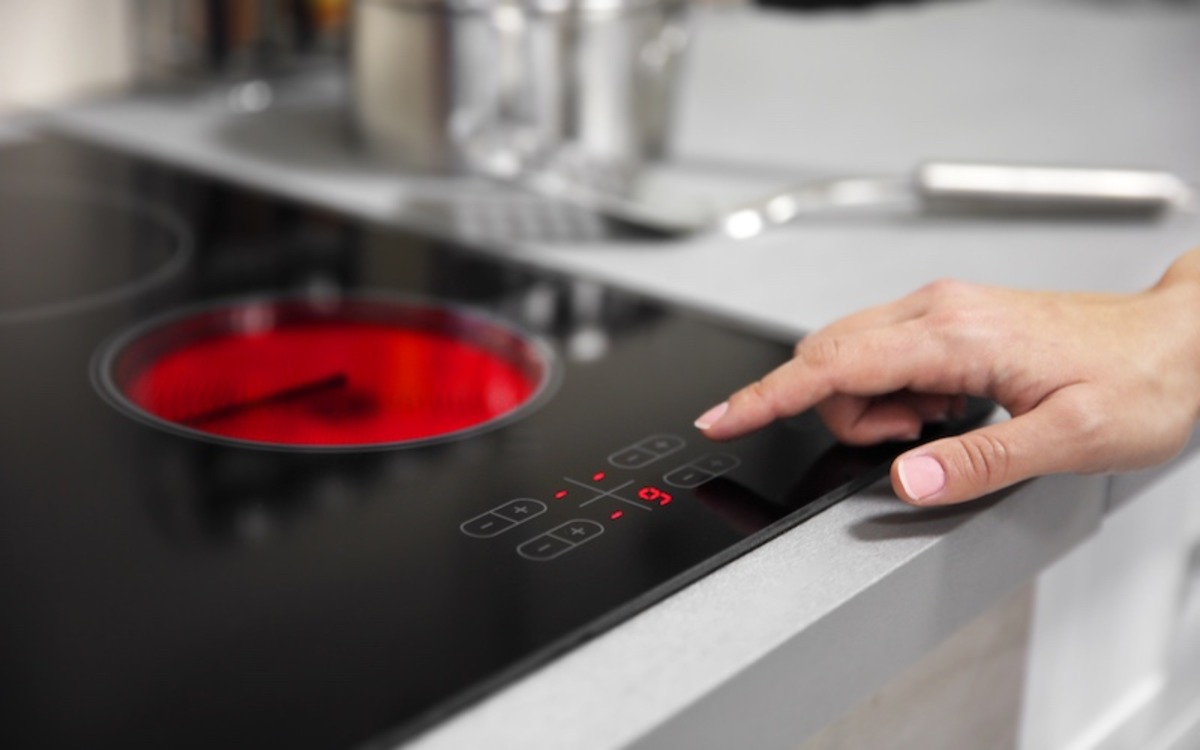
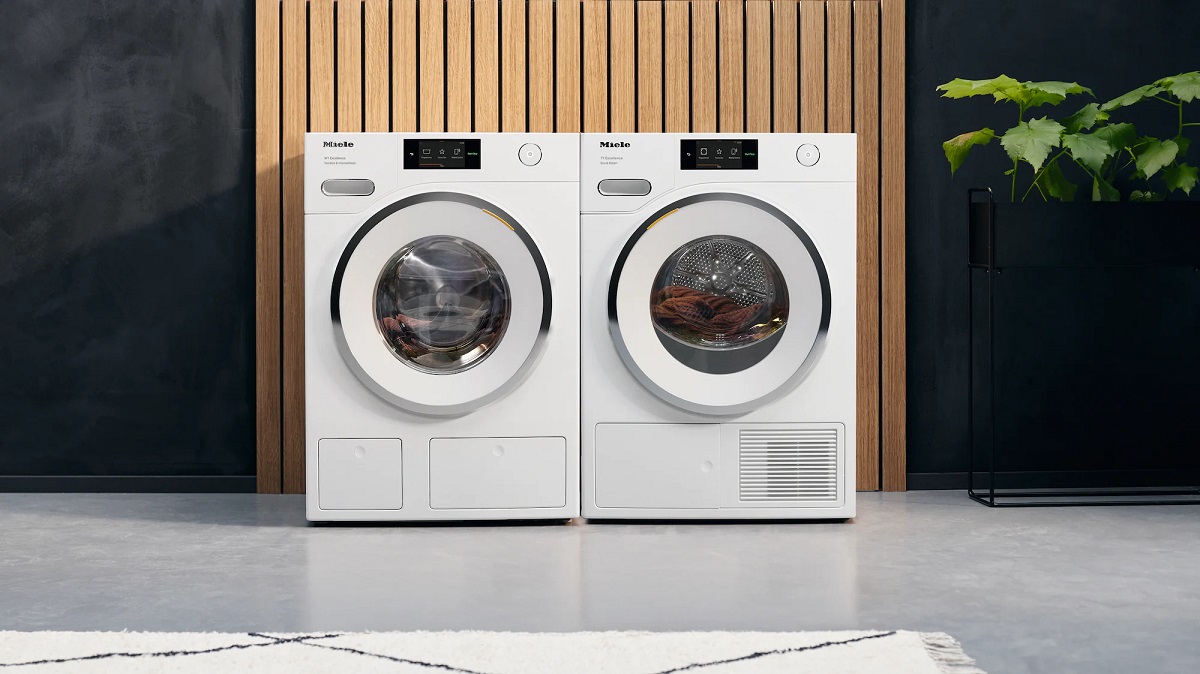
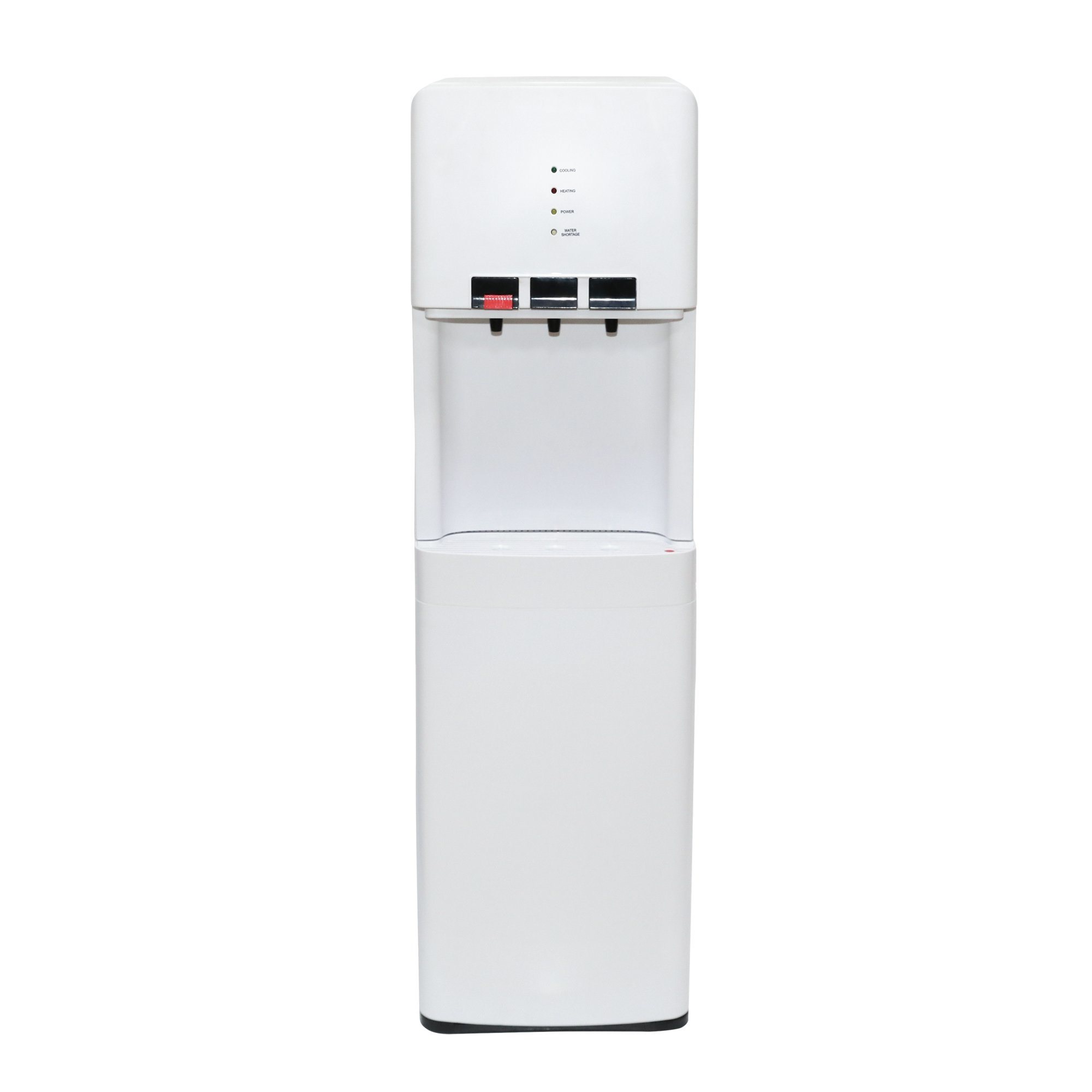

0 thoughts on “How Much Electricity Does An Air Purifier Use”